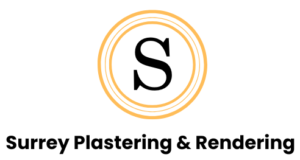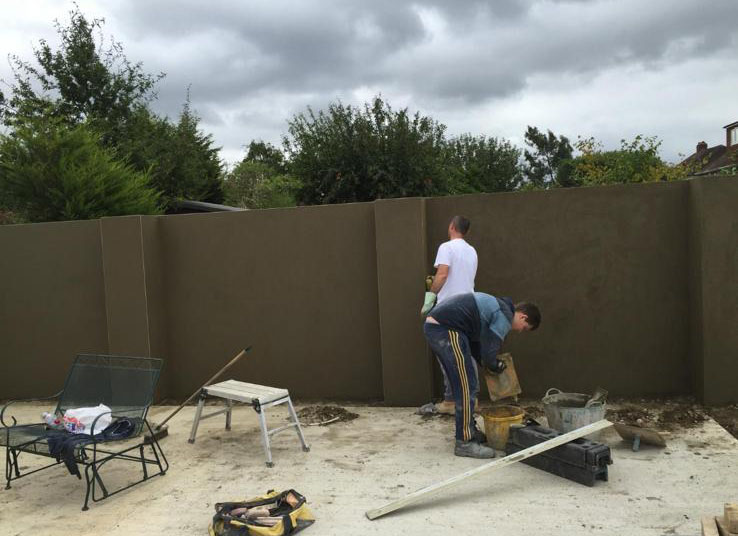When it comes to interior creation and domestic enhancements, dry lining and partition partitions are crucial factors that play a enormous role in shaping the format, aesthetic, and capability of a space. Whether you’re renovating a home, running on an office healthy-out, or project a bigger construction mission, knowledge the differences, blessings, and applications of dry lining and partition partitions is key to creating informed decisions.
In this newsletter, we’ll discover what dry lining and partition partitions are, how they paintings, their advantages, and the diverse sorts available. By the end, you will have a clearer know-how of the way these techniques can be used to decorate your constructing assignment.
What is Dry Lining?
Dry lining is a production technique used to create internal partitions without the want for traditional wet plastering. Instead of applying plaster without delay onto brick or block walls, dry lining includes fixing sheets of plasterboard (also referred to as drywall or gypsum board) to a wall body. These sheets are then finished with jointing tape and compound to offer a clean, even floor. Dry lining is a faster, cleaner, and extra price-effective opportunity to conventional plastering, making it a popular preference in both residential and commercial creation projects.
The primary blessings of dry lining include:
- Faster installation: Dry lining can be completed in a fragment of the time compared to traditional wet plastering.
- Less mess: Unlike plastering, which requires mixing substances and frequently creates sizable dirt, dry lining is a much purifier process.
- Thermal and acoustic insulation: Many dry lining systems include insulating materials that enhance the strength efficiency of a constructing.
- Aesthetic flexibility: Dry lining lets in for a easy, flat finish that may be painted, wallpapered, or tiled, relying at the design wishes.
What are Partition Walls?
Partition walls are indoors partitions used to divide a larger area into smaller rooms or sections. These partitions are usually non-load bearing, which means they don’t bring the load of the constructing shape above them. Partition partitions can be built using numerous materials, inclusive of wood frames, metallic studs, plasterboard, or brickwork, relying at the necessities of the distance.
Partition partitions can serve more than one purposes, such as:
- Creating privateness: They are frequently used in places of work, industrial spaces, and homes to create private rooms or separate areas.
- Soundproofing: Certain types of partition walls, particularly the ones made with specialised acoustic materials, can assist reduce noise switch among rooms.
- Design flexibility: Partition walls may be used to reconfigure spaces with out the need for enormous demolition, making them ideal for upkeep initiatives.
- Supporting utilities: Partition partitions can be designed to house plumbing, electric cables, and other utilities, depending on the design of the distance.
Types of Dry Lining and Partition Walls
There are numerous kinds of dry lining and partition wall structures, every with its personal precise advantages and programs.
1. Timber Frame Partition Walls
Timber frame partition partitions are the most conventional shape of internal partitioning. These are constructed using wooden studs, which are then protected with plasterboard or every other cladding material. Timber body partitions are lightweight, clean to install, and offer desirable soundproofing whilst mixed with insulation substances.
2. Steel Frame Partition Walls
Steel frame partition walls are usually utilized in commercial homes because of their power and hearth resistance. Steel studs are used to create the body, which is then included with plasterboard. Steel frame walls are often used for growing a couple of workplace spaces or for regions wherein better structural integrity and fireplace resistance are required.
three. Dry Lining with Insulation
Dry lining structures can be combined with insulation materials, both inside the plasterboard itself or by using including insulation at the back of the boards. This improves the thermal performance of a space, making it ideal for houses and business buildings where power conservation is a priority.
- Thermal insulation: Helps to preserve a snug indoor temperature and reduce energy payments.
- Acoustic insulation: Reduces the transmission of sound between rooms, making it perfect for workplaces, houses, and tune studios.
four. Solid Partition Walls
Solid partition partitions are made from brick, block, or concrete and are used in which better durability or load-bearing capability is needed. These partitions aren’t normally considered “dry lining” considering that they require mortar and plaster. However, they may be finished with plasterboard for an delivered layer of soundproofing or insulation.
five. Glass Partition Walls
In modern-day workplace designs, glass partition walls are more and more famous for growing obvious or semi-transparent divisions among spaces. While they’re regularly framed with metallic or timber, glass partition partitions can assist hold an open, airy experience whilst still supplying separation between rooms.
Advantages of Dry Lining and Partition Walls
Both dry lining and partition partitions offer numerous blessings for a huge range of creation initiatives:
1. Speed and Efficiency
Dry lining is commonly a lot faster to install than conventional plastering. Since it does not require waiting for plaster to dry, you can quick move directly to portray or decorating. Partition walls, specially lightweight systems, are also exceptionally smooth and speedy to put in, making them ideal for projects on tight timelines.
2. Cost-Effective
Both dry lining and partition partitions are fee-effective solutions, specially while as compared to standard strategies like wet plastering and masonry. The substances are normally much less luxurious, and the set up technique is much less hard work-extensive, resulting in decrease standard charges.
3. Flexibility
Partition partitions can be used to create new spaces or alter present layouts with out the want for essential structural modifications. Whether you want a transient divider or a permanent wall, partitioning systems can be effortlessly adjusted, dismantled, or relocated as necessary.
four. Enhanced Soundproofing and Insulation
Certain kinds of dry lining structures and partition walls are designed particularly for soundproofing and thermal insulation. This is especially beneficial in multi-occupancy buildings, which include apartments or offices, in which noise reduction and electricity performance are vital.
5. Improved Aesthetics
Both dry lining and partition partitions create a smooth, even surface that can be effortlessly completed to satisfy aesthetic necessities. Whether you’re searching out a minimalist layout or a more ornamental look, these structures offer a flexible canvas for various interior finishes, from paints and wallpapers to tiles and cladding.
Installation Considerations
While dry lining and partition wall systems are generally quicker and simpler to install than conventional walls, it is nevertheless vital to ensure that the set up is performed effectively. Here are a few considerations:
- Proper framing: Whether you’re putting in dry lining or a partition wall, the frame need to be stage and secure to make sure the wall is solid and performs as expected.
- Choosing the right materials: Select the proper form of plasterboard, insulation, or framing material based totally on the purpose of the wall (e.G., soundproofing, thermal insulation, or moisture resistance).
- Expert set up: While DIY alternatives are to be had, for the excellent consequences, it is often worth hiring professional installers who can make sure that your partition wall or dry lining device is nicely geared up and finished.
Conclusion
Dry lining and partition partitions are necessary to trendy building design, presenting rapid, bendy, and price-effective answers for indoors layout and design. Whether you are creating new rooms, including insulation, or actually improving the aesthetic of your area, those systems provide a wide variety of blessings for residential and commercial tasks alike.
From improving thermal and acoustic insulation to making an allowance for smooth reconfiguration of spaces, dry lining and partition walls can be customized to meet your unique desires. By deciding on the proper materials and installation techniques, you can create useful and appealing areas so one can stand the test of time.


